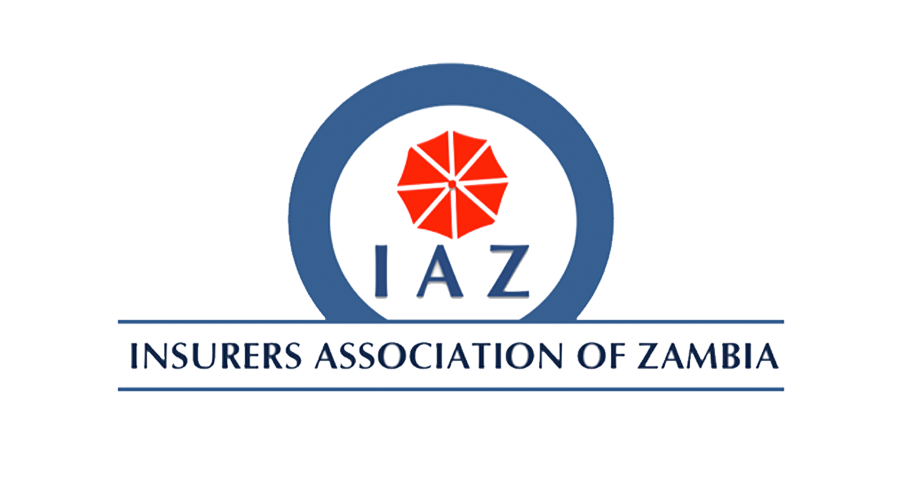Her sight was getting worse, and she finally consulted a few friends and one or two aunties. She was given a prescription of crushed leaves mixed in water and told to apply that mixture to her eye. When things got worse, she finally found her way to a hospital. The doctor was horrified at the damage she had done to her own eye – she had made things even worse. And the clinic was only 15 minutes away from her home!
Sometimes we prefer depending on rumors rather than seeking expert advice. We create our own myths about what is healthy and what is not. In this age of internet, a lot of information is just a click away. Experts can be consulted with a phone call, but sometimes we prefer to ask others who have as little experience as we do. It becomes a case of the “blind leading the blind”. And no, there is no conspiracy to keep the real information a secret. The truth is nearer than we think.
This analogy can be applied to other situations. Many times we opt to believe myths about Banks and Financial institutions, Stock Exchange and other things. We get intimidated by the well-polished signs and technical terms; then we make the mistake of consulting others who also have very little experience with these institutions and their products. The accusation that insurers “hide” the truth about insurance in their documents is actually the opposite!
When you obtain insurance, you will usually get two documents:
- The insurance certificate (or cover note). This document is usually a page printed back to back. It summarizes the details of cover, including who is the insured, what are the risks covered, what is covered, the limits of cover (i.e. money amounts), the period of cover, excess/deductible amounts and terms and conditions.
- The policy document. This is a detailed document, expanding on a lot of issues highlighted in the cover note. This could be a few pages or many more, depending on the policy and other considerations.
These documents set out the details of insurance cover, and even though many people are intimidated by these documents, a little patient reading and consultation with your insurance provider will demystify many insurance words. Often when people claim to be “ambushed” by terms and conditions, these terms are not suddenly inserted in the document when a claim arises. As a customer, it is your right to ask your provider to clarify and explain until you are satisfied. As consumers, we should also go beyond purchasing motor insurance just for the sake of getting road tax and passing through road blocks. Show an interest in the details of what you have paid for with your hard earned cash, ask questions, and arm yourself with knowledge. Knowledge is power!
Insurers provide a financial service, and part of that service is educating potential clients on the benefits and limitations of the services on offer. Make full use of the documents and insurance personnel that are available. They are there to help you manage your risks better, so that you can be comforted that you are protected.
